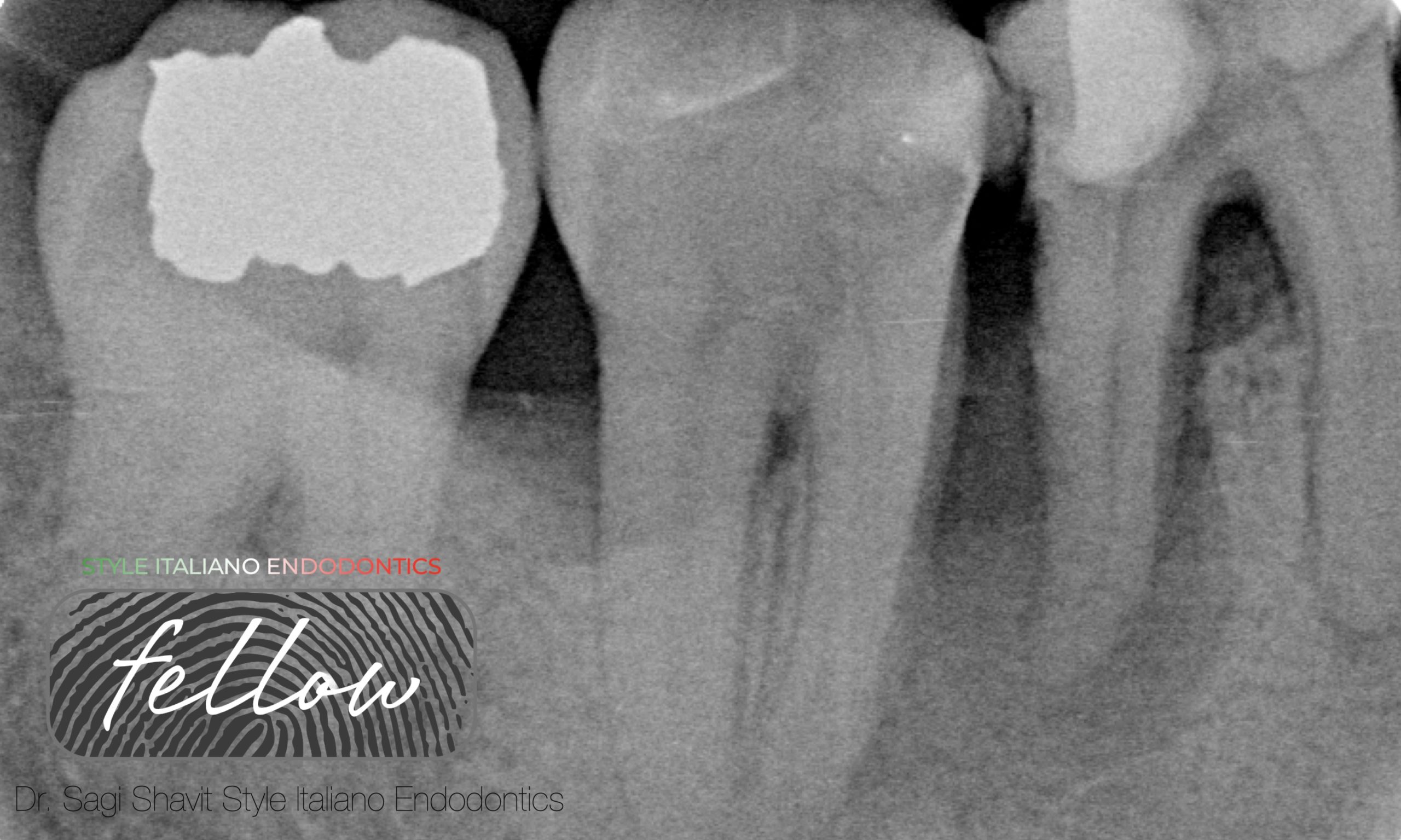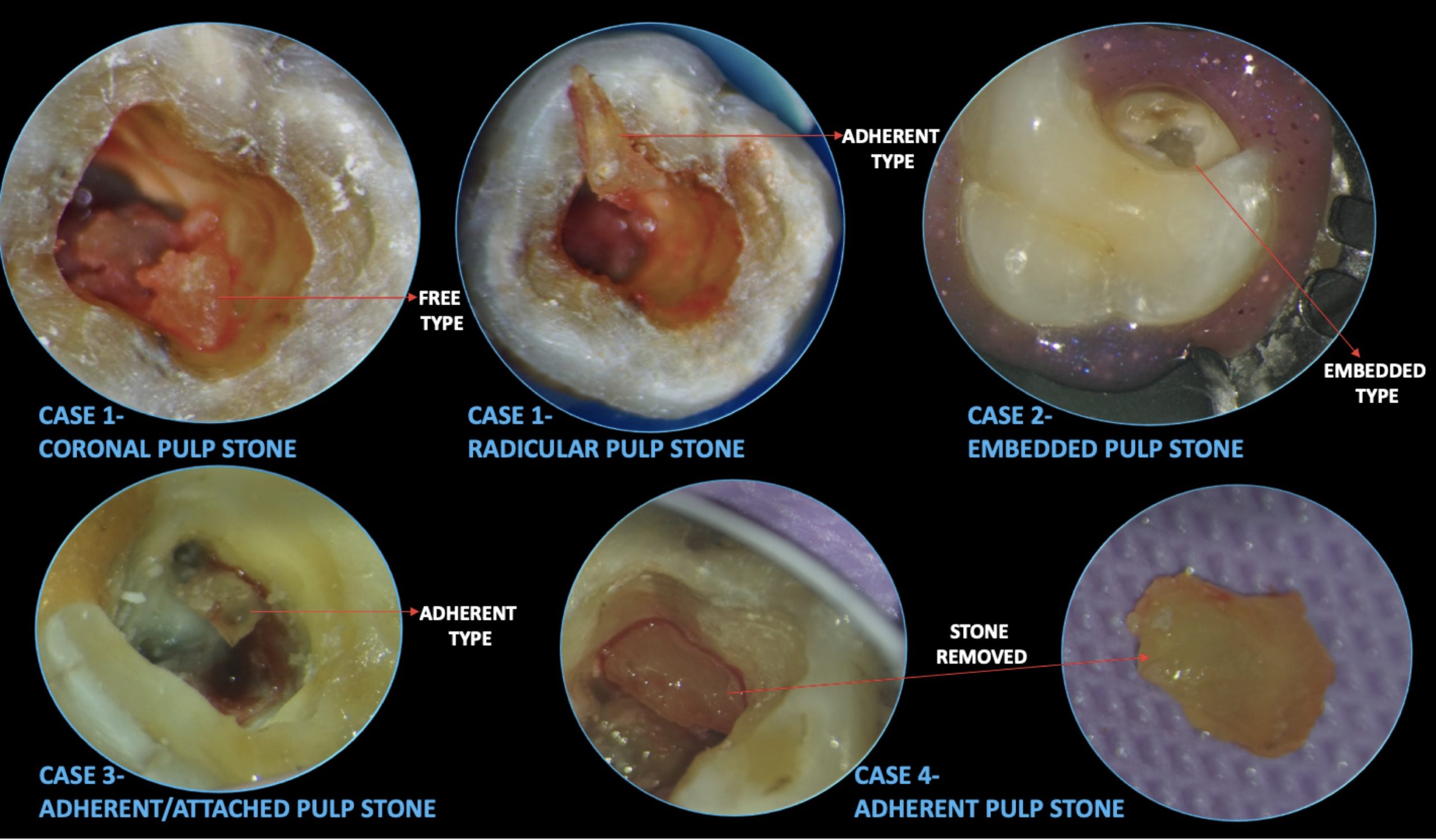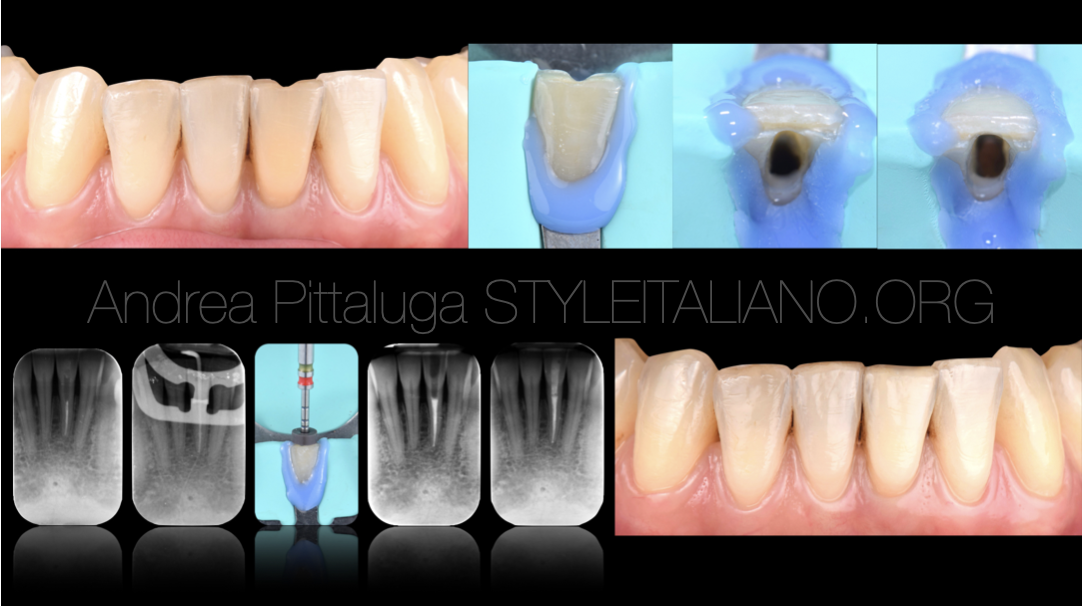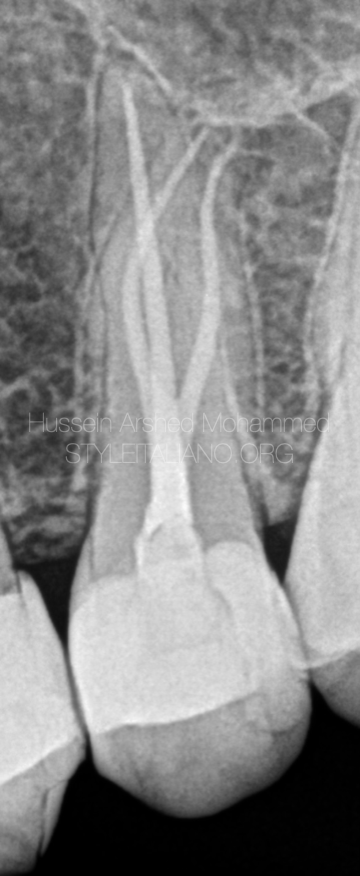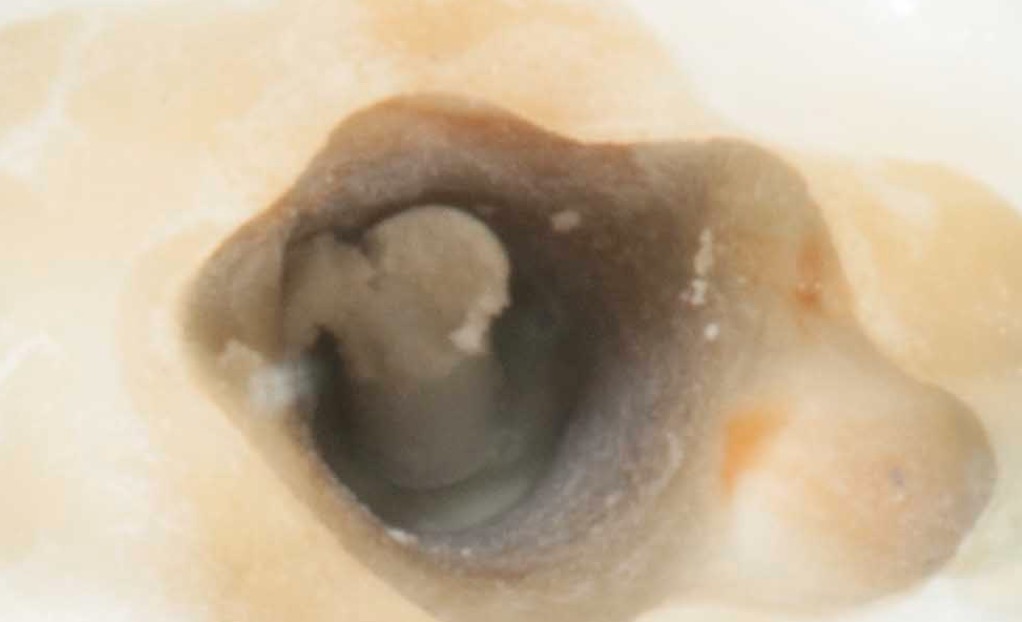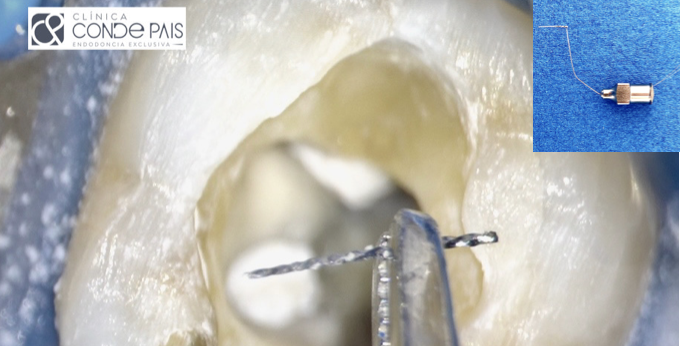A case presentation of hemisectioning of the distal root of a LR6 due to fracture, and 6-year review. The clinical aspects and considerations are discussed. Occasionally, during our practice, we are required to offer patients a less common treatment modality. Knowing all the possible treatment options available to us, we can provide our patients with […]

